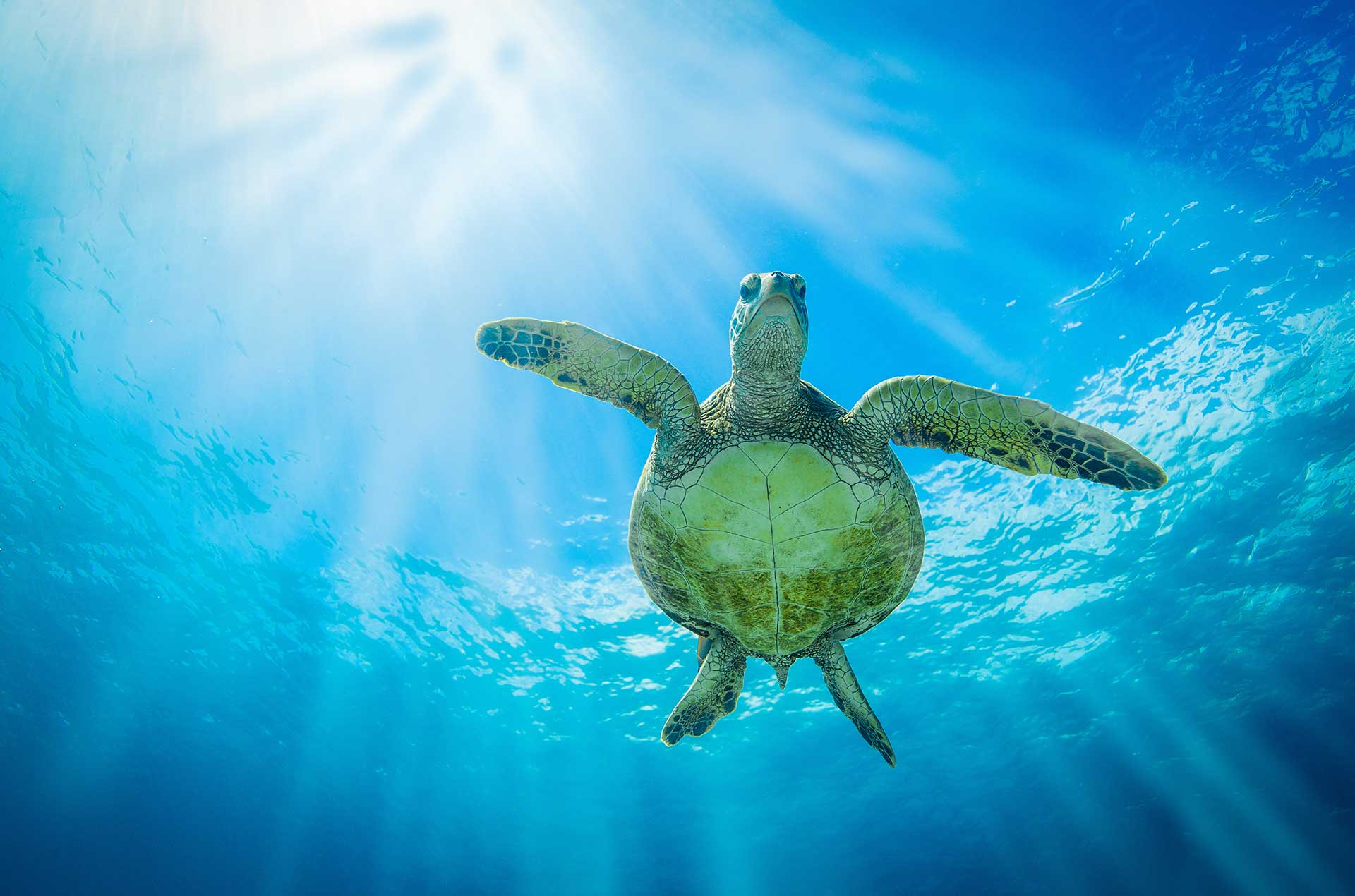Happy National Wildlife Day!
Today we celebrate all the wonderful creatures all over the world! Big or small, endangered or not. That’s right, animals labeled ‘least concern’ still deserve our attention.
But what does that mean?
In wildlife conservation science, there is a sliding scale for the status of most species and their global health. Notice I say most; conservation science is difficult! Species that have not been closely studied are considered “Not Evaluated” (NE) and/or “Data Deficient” (DD). After all, you can’t analyze data if there isn’t any! Species with adequate study can be considered anywhere from “Least Concern” (LC) to “Extinct” (EX).
Let’s take a closer look in between. Before we get into the Threatened category, we have “Near Threatened” (NT). This is one of the more obvious ones to understand, species on the verge of meeting criteria to reach a Threatened status. Following that, the Threatened category breaks down into three different labels: “Vulnerable” (VU), “Endangered” (EN), and “Critically Endangered” (CR). The easiest way to understand these labels is in terms of extinction. Species listed as Vulnerable is vulnerable for extinction. Endangered and Critically Endangered species are experiencing extremely rapid declines in population and, respectively, have fewer than 250 and 50 individuals.
The final two statuses are “Extinct in the Wild” (EW) and “Extinct” (EX). Comparatively, these are the worst-case scenarios for a species to be in. It is worth noting that not all species go extinct due to anthropogenic (meaning ‘caused by people’) affects, but a very large percentage of our world’s wildlife is still heavily affected by us and the decisions we make in our societies.
All of these categories are determined by the International Union for Conservation of Nature (IUCN), and is often referred to as the ‘Red List’. The criteria for each one varies; however, they are all based on the percentage rates of population decline in conjunction with the species’ geographic range and actual population sizes.
In the end, let’s all make sure we take time today to appreciate the wildlife species that we have left, and do our part to make sure future generations can learn from them in nature- and not only from a textbook picture.



